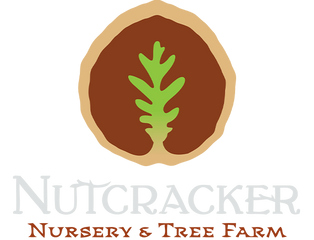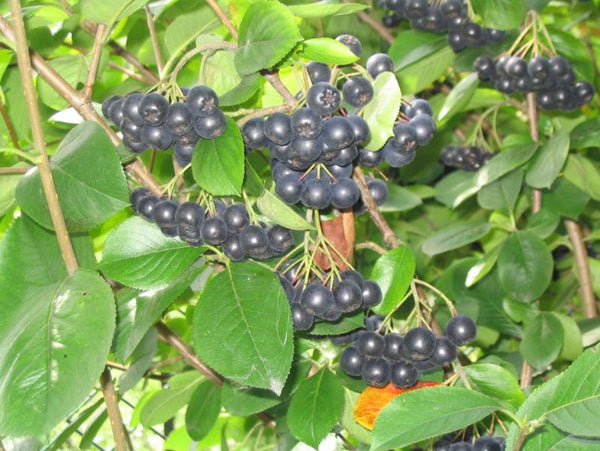Chokeberry, Aronia melanocarpa 'Elliot'
Shipping calculated at checkout
89 in stock
Need more? Contact us
Aronia is a genus of deciduous shrubs in the Rosaceae family, native to North America. The leaves are alternate, simple, and toothed-edged; in autumn, they turn bright red. The 5-petaled flowers are small and spread out in corymbs of 10 to 25. the shrub is hardy up to zone 2b.
The fruit is a small berry, with a bitter and astringent taste; it is eaten by birds which disperse the seeds. They can be cooked and sweetened to make juices or jams, then they have a taste close to blackcurrants. These berries can also be used to accompany savory dishes, like cranberries, cranberries or gooseberries. The black chokeberry (Aronia melanocarpa (Michx.) Elliott is small (1 to 3 m), and spreads easily. Its leaves do not exceed 6 cm wide. Its white flowers measure approximately 1 .5 cm in diameter, and its black fruit, 6 to 9 mm.
the fruit is rich in vitamins, folic acid and particularly antioxidants. The berry even regulates blood sugar levels, which allows diabetics to consume it. Remember that antioxidants, according to the definition of the Quebec Ministry of Health and Social Services, help protect the body's cells from harmful waste (free radicals) produced by the body and caused by the environment (combustion smoke, chemicals, dust, etc.). They play a role in preventing and countering degenerative cell diseases (cancers, neurodegeneration, cardiovascular, etc.). Popular belief has it that the berries containing the highest levels of antioxidants are cranberries (9,584 micromoles TE/100 g) and blueberries (6,552 micromoles TE/100 g). However, aronia has almost double that, i.e. 16,062 μmol TE/100 g. “In Europe, doctors prescribe patients undergoing radio and chemotherapy treatments to eat 10 to 15 berries morning and evening to help them get through the treatment.”
the production of this berry is mainly concentrated in Europe (Russia and Germany), where aronia is already marketed in the form of juice, jam, jelly, dried fruits, syrup, pastilles (candies), etc. Its production is emerging in the United States, but almost zero in Quebec. The fruit is a little smaller than a blueberry and its crown is bumpy like that of the Red Delicious apple, hence the name “apple berry” given to it by the Germans. The edible variety, Aronia melanocarpa, is black on the outside and red on the inside. Its flavor, often compared to that of blackcurrant, is astringent when the berry is eaten fresh. This is why it is better to consume this small processed fruit.



